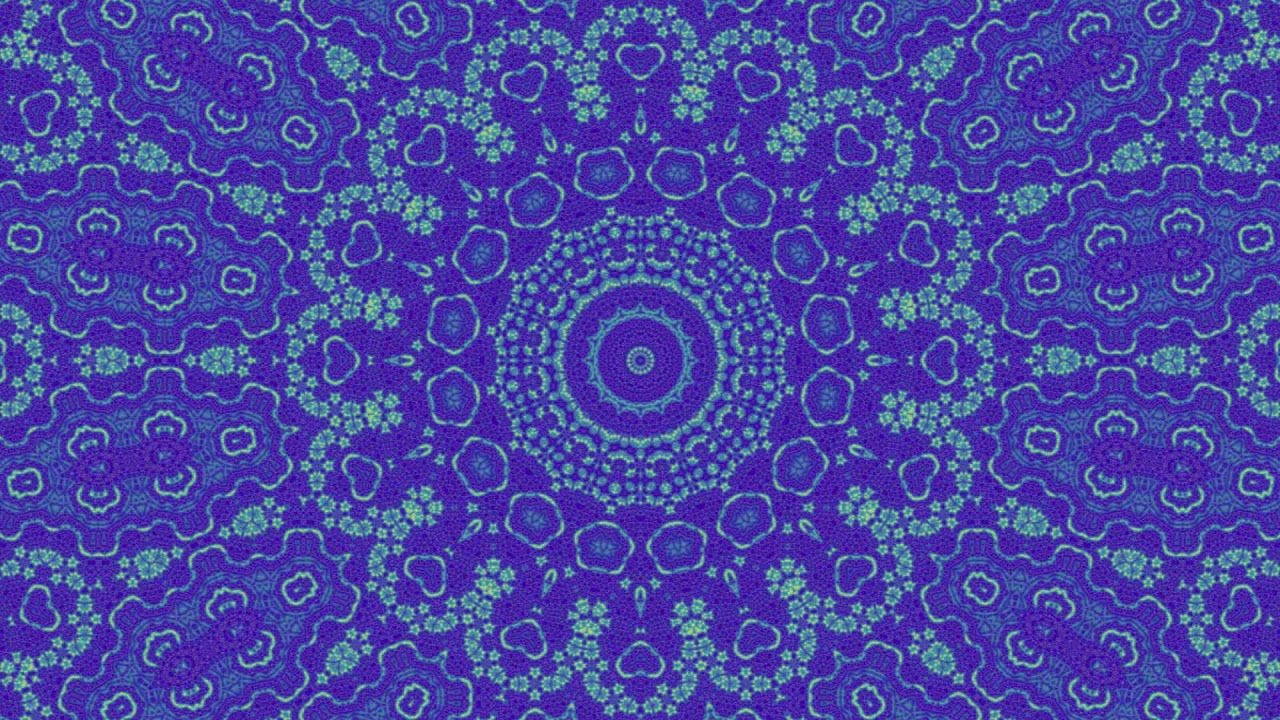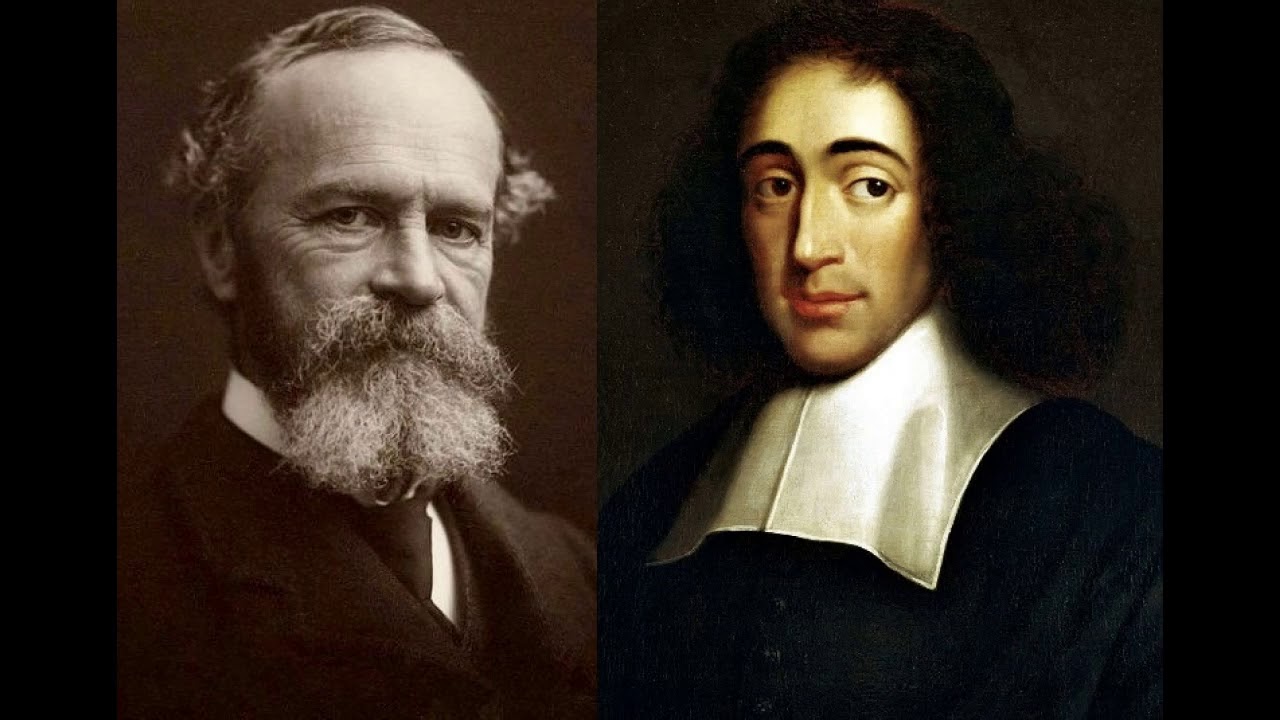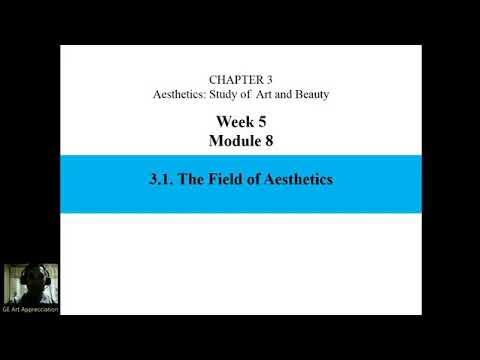MandaloscopeTM
Purify Your mind with shape-shifting hexadecagonal mandala and 9 solfeggio frequencies put all together. Very strong effect already after 1-2 minutes ☼ Increases endorphins release☺
Mandalas created by Mandaloscope™. Audio by Mandaloscope™.
Thanks for watching and listening, best wishes for You!
——-
Solfeggio is an ancient scale. Many musicologists and scientists claim it has a positive effect on the mind and body. Original solfeggio frequencies are:
UT – 396 Hz – for inner Joy,
RE – 417 Hz – for positive changes and renewal,
MI – 528 Hz – for Transformation, Miracles and DNA repair,
FA – 639 Hz – for successful relationships,
SOL – 741 Hz – for awakening of Intuition,
LA – 852 Hz – for return to Spiritual Order.
Sound healing is the practice of using audio tones and vibrational frequencies to repair damaged tissues and cells within the body. It works on the idea that all matter is vibrating at specific frequencies, and sickness, disease, depression, and stress cause human beings to vibrate at a lower frequency.
Music therapy is the use of music to improve quality of life. Music therapy is an evidence-based clinical use of music interventions. The music therapist uses music and all of its facets—physical, emotional, mental, social, aesthetic, and spiritual—to help clients improve their health and quality of life. Music therapists primarily help clients improve their health in several domains, such as cognitive, motor, emotional, communication, social, sensory, and educational by using both active and receptive music experiences such as improvisation, re-creation, composition, and receptive methods and discussion of music to achieve treatment goals. There is a wide qualitative and quantitative research literature base for music therapy. Music therapy is distinctive from Musopathy, which relies on a more generic and non-cultural approach based on neural, physical, and other responses to fundamental aspects of sound.
Some commonly found music therapy practices include developmental work (communication, motor skills, etc.) with individuals with special needs, songwriting and listening in reminiscence/orientation work with the elderly, processing and relaxation work, and rhythmic entrainment for physical rehabilitation in stroke victims. Music therapy is used in some medical hospitals, cancer centers, schools, alcohol and drug recovery programs, psychiatric hospitals, and correctional facilities.
According to Dr. Daniel Levitin, “Singing and instrumental activities might have helped our species to refine motor skills, paving the way for the development of the exquisitely fine muscle control required for vocal or signed speech.”
Music has proven to be an effective tool for music therapists through extensive research. It is beneficial for any individual, both physically and mentally, through improved heart rate, reduced anxiety, stimulation of the brain, and improved learning. Music therapists use their techniques to help their patients in many areas, ranging from stress relief before and after surgeries to neuropathologies such as Alzheimer’s disease. One study found that children who listened to music while having an IV inserted into their arms showed less distress and felt less pain than the children who did not listen to music while having an IV inserted. Studies on patients diagnosed with mental disorders such as anxiety, depression, and schizophrenia have shown a visible improvement in their mental health after music therapy.
There are two fundamental types of music therapy: receptive music therapy and active music therapy, which is sometimes called expressive music therapy. Active music therapy engages clients or patients in the act of making vocal or instrumental music. Receptive music therapy guides patients or clients in listening to live or recorded music.
Receptive music therapy involves listening to recorded or live music selected by a therapist. It can improve mood, decrease stress, pain, anxiety level, and enhance relaxation. Although it doesn’t affect disease, it can help with coping skills.
Active: Patients engage in some form of music-making, whether it’s singing or with instruments. Baylor, Scott, and White researchers are studying the effect of harmonica playing on patients with COPD in order to determine if it helps improve lung function. Another example of active music therapy takes place in a nursing home in Japan: therapists teach the elderly how to play easy-to-use instruments so they can overcome physical difficulties.
A mandala (emphasis on first syllable; Sanskrit मण्डल, maṇḍala – literally “circle”) is a spiritual and ritual symbol in the Indian religions of Hinduism, Buddhism and Jainism representing the universe. In common use, “mandala” has become a generic term for any diagram, chart or geometric pattern that represents the cosmos metaphysically or symbolically; a microcosm of the universe.
Source



